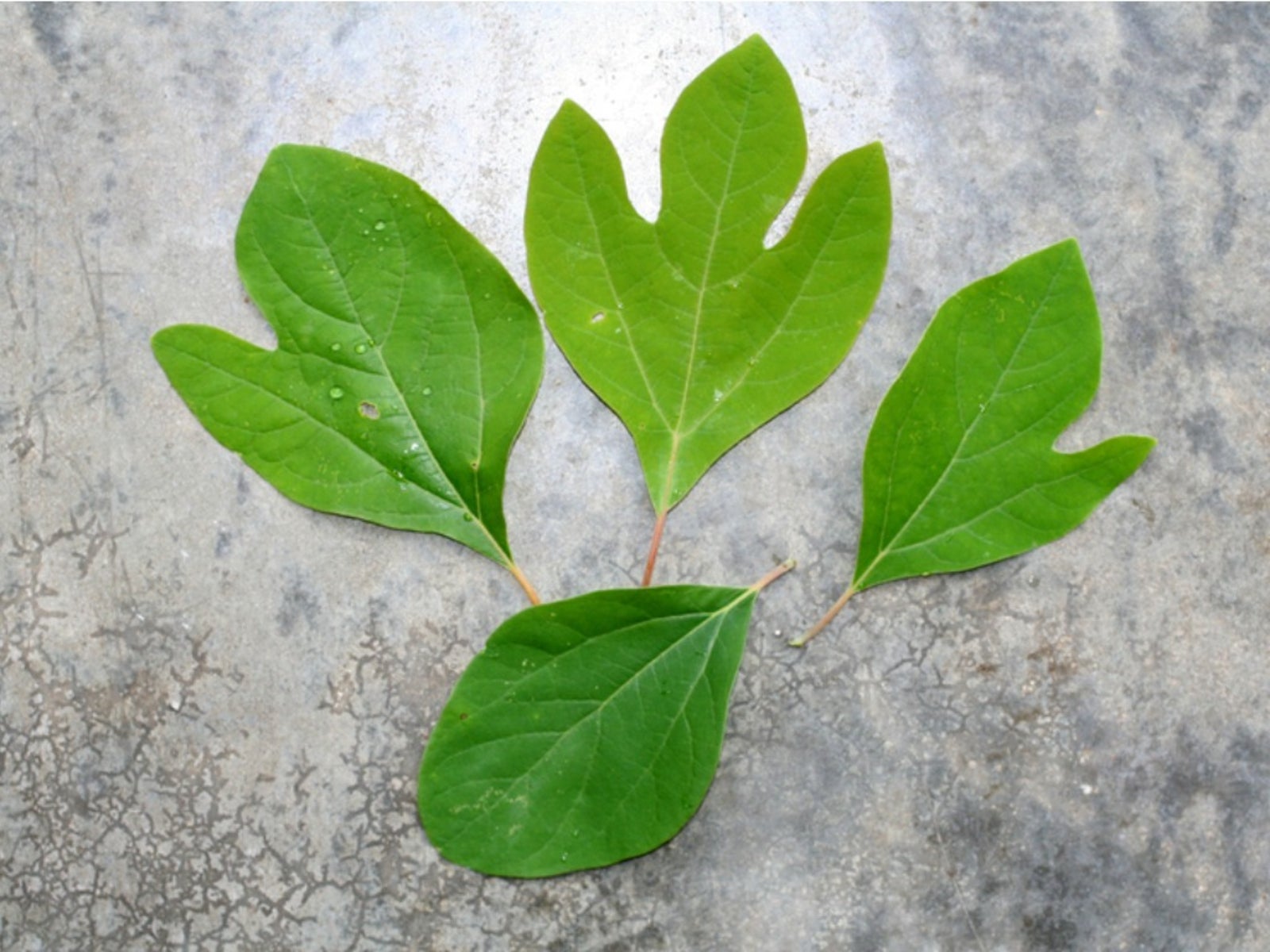How To Grow And Care For A Sassafras Tree Plant
Do you want to add a unique touch to your garden with a tree that is not only attractive but has several uses? Look no further than the sassafras tree - a tree that not only adds beauty but also has a rich history and several practical uses.

Plant Attributes
The sassafras tree, also known as Sassafras albidum, is native to eastern North America and can grow up to 60 feet tall. The tree has a unique appearance with its oval-shaped leaves, which come in three different shapes - oval, mitten, and three-lobed. In the fall, the leaves turn a beautiful shade of orange, red, and purple.
Aside from its appearance, the sassafras tree has a fragrant smell that permeates the air around it. Additionally, the roots, bark, leaves, and fruit of the tree have practical uses.
Plant Care
The sassafras tree is relatively low maintenance and can thrive in a variety of soils, including well-drained sandy soil, loamy soil, and even clay soil. It can also tolerate both acidic and alkaline soil. Plant the tree in an area where it can receive full sun to partial shade for optimal growth.
When it comes to watering, the sassafras tree is drought tolerant and only needs watering during dry periods. During its first year of growth, it is especially important to keep the soil moist.
It's also a good idea to add a layer of mulch around the base of the tree to help retain moisture and insulate the roots.
Pruning
The sassafras tree is known for its fast-growing ability, so occasional pruning may be necessary to maintain its shape and size. It's best to prune in late winter or early spring before new growth appears. Remove any damaged, dead or weak branches, and thin out the canopy to allow for better air circulation
Additionally, sassafras trees have a tendency to sucker, so removing any suckers that appear around the base of the tree is also a good idea.
Propagation
Propagation of the sassafras tree is best done through seed propagation. Collect seeds from the tree in the fall and plant them in the ground immediately, as they do not store well. It may take up to two years for the tree to germinate and begin to grow.
Grafted sassafras trees are also available for purchase, though they are not as common.
Potting & Repotting
The sassafras tree is not typically grown in pots, as it prefers to be planted in the ground. However, if you do want to grow it in a container, make sure the container is large enough to accommodate the tree's root system, and use a well-draining potting mix.
If you need to repot your sassafras tree, it's best to do so in the spring before new growth appears. Use a potting mix that is designed for container plants and make sure the new pot is at least one size larger than the current pot.
Common Pests & Plant Disease
The sassafras tree is relatively pest and disease-free. However, it can be susceptible to root rot if the soil is not well-draining.
Common Problems
One common problem with sassafras trees is that they can develop surface roots, which can be a tripping hazard. If the roots are causing an issue, you can create a barrier around the base of the tree to prevent them from spreading further.
Another problem is that sassafras trees can become invasive if they are not managed properly. Be sure to remove any suckers that appear around the base of the tree and avoid planting it near other trees or in natural areas where it can spread.
In summary, the sassafras tree is an attractive and unique addition to any garden. With its fragrant smell, beautiful fall colors, and practical uses, it's hard to go wrong with this tree. Whether you're growing it from seed or a grafted tree, the sassafras tree is sure to add value and interest to your outdoor space.


/Strawberryplant-GettyImages-123533002-5b198b33eb97de0036be58ae-d5982c5730984563a32598ee2a96fe3e.jpg)

Post a Comment for "How To Grow And Care For A Sassafras Tree Plant"